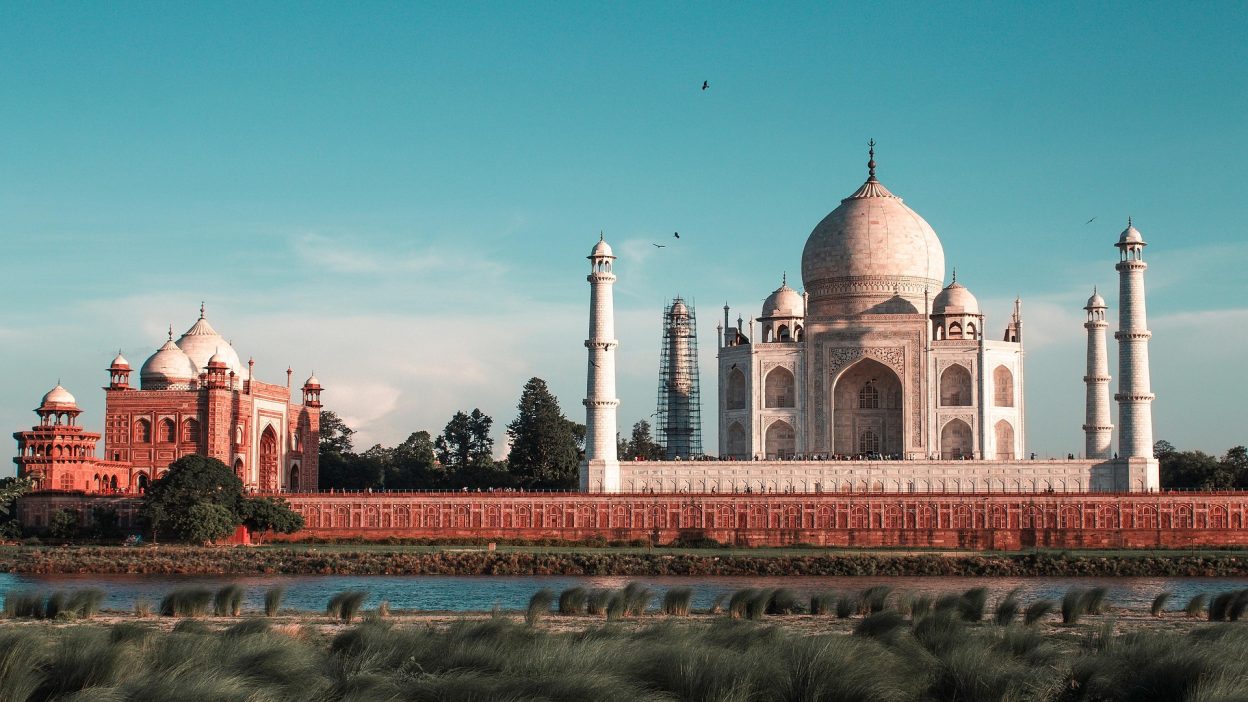India’s Forgotten Catastrophe And The Shocking Lessons We Still Haven’t Learned
1. The Forgotten Earthquake: India’s 1905 Kangra Tragedy
On the morning of 4 April 1905, the Kangra Valley in Himachal Pradesh, India, was struck by a devastating earthquake that would go on to claim thousands of lives and alter the landscape forever. Known as one of the deadliest earthquakes in India’s history, it measured 7.8 on the Richter scale and left an indelible mark on the region. Despite its significance, the 1905 Kangra Earthquake remains one of the most overlooked disasters in Indian history, overshadowed by more recent calamities.
The tremors were felt across a vast area, from the hills of the Himalayas to parts of Punjab and Delhi. The widespread destruction, particularly in the towns of Dharamsala and Kangra, illustrated the devastating power of nature. While it did not gain the same recognition globally as other earthquakes, its aftermath had a profound impact on the region’s infrastructure and its people.
2. Kangra 1905: Unveiling the Devastation That Stunned India
The 1905 earthquake was felt in every corner of the Kangra Valley, causing entire villages to crumble and burying families under rubble. The impact was particularly severe in Dharamsala, which was destroyed almost entirely. The devastation in Kangra city was so extensive that it took years for the area to recover fully. Buildings made of mud and stone were no match for the sheer force of the quake, leaving people vulnerable to the elements and the collapse of their homes.
Thousands of people were left homeless, and the entire region had to rely on external aid to rebuild. In addition to the physical damage, the psychological toll on the survivors was immense. The grief from the loss of family members, along with the fear of future quakes, lingered for decades.
3. The 1905 Kangra Earthquake: How It Exposed India’s Vulnerability
- Lack of Preparedness: The earthquake highlighted India’s vulnerability to natural disasters, particularly in regions like Kangra, which were not adequately prepared. In those days, earthquake-resistant building techniques were not widely implemented, and many structures were constructed without regard to seismic risks.
- Inadequate Infrastructure: The disaster exposed the weaknesses in the infrastructure of colonial India. Roads were impassable, and communication lines were severed, making rescue operations and aid distribution extremely difficult. The absence of modern infrastructure left communities isolated and unable to access critical resources.
- Government Response: Although the British colonial government provided some relief in the form of financial aid and supplies, the response was slow and ineffective. This lack of urgency and preparedness contributed to the loss of many lives, showing the inadequate disaster management systems of the time.
4. The 1905 Kangra Earthquake: A Devastating Force of Nature That Left a Mark on History
While the earthquake itself caused widespread destruction, its aftershocks reverberated for decades. The memory of that day, and the devastation it brought, became ingrained in the local culture. The event also raised important questions about the role of colonial rule in India’s disaster response, and whether the lack of adequate preparation was a direct result of insufficient local governance.
Scientists have since studied the earthquake to understand the tectonic forces that caused it. The Kangra Earthquake was the result of a rupture along the Himalayan fault line, which remains one of the most seismically active areas in the world. Understanding such natural events has since become crucial for disaster preparedness in India.
5. India’s Most Overlooked Disaster: The True Cost of the 1905 Kangra Earthquake
Despite its significance, the Kangra Earthquake is often overshadowed by other, more widely known disasters. Part of this is due to the limited media coverage at the time, especially in the remote regions affected by the quake. However, the true cost of the 1905 earthquake cannot be understated. Thousands of lives were lost, and the damage to the economy was immense, particularly in the agricultural sector, which was the backbone of the region’s economy.
The rebuilding process was slow, and it took years for the area to regain any semblance of normalcy. However, the long-term effects on the mental health of the survivors were perhaps the most devastating aspect of the earthquake. The constant fear of aftershocks and the trauma from losing loved ones haunted those who lived through the disaster.
6. India’s 1905 Kangra Earthquake: A Natural Disaster That Shaped the Future
The 1905 Kangra Earthquake was a pivotal moment in India’s disaster history. It sparked changes in building codes, emergency response strategies, and government policies towards disaster preparedness. For the first time, the importance of earthquake-resistant infrastructure was acknowledged. Following the earthquake, the Indian government began to place more focus on seismology and geological surveys, laying the groundwork for future earthquake research and disaster management efforts.
In the years that followed, the lessons learned from the Kangra Earthquake would be instrumental in shaping India’s disaster response systems. While the immediate aftermath was harrowing, the earthquake ultimately helped bring attention to the need for stronger infrastructure and better preparation.
7. Surviving the Impossible: The 1905 Kangra Earthquake’s Horrific Aftermath
- Widespread Destruction: The earthquake left the region in ruins. Whole villages were destroyed, and many were left without homes or basic necessities. The survival of many was a miracle, as the earthquake’s intensity left little standing.
- Mental and Physical Trauma: Survivors dealt not only with the physical injuries and trauma from the quake but also the mental toll of losing loved ones and their homes. The psychological scars of the disaster lasted for years, with many never fully recovering.
- Rebuilding the Region: In the aftermath, the government and local communities worked together to rebuild. Despite the lack of resources and the slow pace of recovery, the resilience of the people in Kangra was evident as they worked to restore their homes and livelihoods.
8. Nature’s Wrath: What We Still Don’t Know About the 1905 Kangra Earthquake
Despite extensive research into the 1905 Kangra Earthquake, many aspects of the disaster remain a mystery. For instance, the full extent of the damage caused by the aftershocks is not fully understood, and there are still questions about the specific fault lines that triggered the quake. The earthquake’s effects on the surrounding region, particularly in terms of long-term environmental damage, are also areas that have not been thoroughly investigated.
Furthermore, the social and cultural changes triggered by the earthquake, such as migration patterns and the shifting dynamics in affected communities, have not been fully explored. The disaster’s impact on the local economy, especially the long-term effects on agriculture, is another area that requires further study.
9. Aftershocks of a Tragedy: The Lingering Effects of the 1905 Kangra Earthquake
The aftermath of the 1905 Kangra Earthquake went beyond the immediate destruction. Economically, the region struggled to recover for years, particularly in terms of rebuilding infrastructure and agricultural productivity. The earthquake also caused long-lasting psychological effects on the survivors, with many dealing with anxiety and trauma for years after the event.
Politically, the earthquake exposed the colonial government’s weaknesses in disaster management, and it became a turning point for future policy changes. In terms of infrastructure, the disaster sparked an interest in earthquake-resistant buildings, which led to significant changes in construction practices in the region.
10. Conclusion: The 1905 Kangra Earthquake – A Wake-Up Call That Washed Away Innocence
The 1905 Kangra Earthquake was a catastrophic event that reshaped the region’s history. It served as a wake-up call, highlighting the vulnerability of areas situated near fault lines. The lessons learned from this disaster have influenced India’s approach to disaster preparedness, infrastructure, and emergency response. However, the emotional and social scars left by the tragedy remain a reminder of nature’s unpredictable power.
The earthquake continues to serve as a stark reminder of the need for better disaster preparedness in seismically active regions. Though decades have passed since the 1905 disaster, its impact on the people of Kangra still resonates today.
5 Short FAQs:
- What caused the 1905 Kangra Earthquake?
- The earthquake was caused by a rupture along the Himalayan fault line, a tectonic zone known for seismic activity. It resulted in severe shaking and widespread destruction.
- How many people died in the 1905 Kangra Earthquake?
- Approximately 20,000 people lost their lives in the disaster, making it one of the deadliest earthquakes in India’s history.
- What were the immediate effects on the city of Kangra?
- The city of Kangra was nearly destroyed, with buildings collapsing and residents being trapped under rubble. Relief efforts were slow, and the city remained in ruins for years.
- How did the Indian government respond to the disaster?
- The colonial government provided financial aid and supplies, but the response was slow and insufficient, leaving many people without support in the critical early days.
- Is Kangra still at risk for similar earthquakes today?
- Yes, the Kangra Valley is still at risk due to its proximity to the active Himalayan fault line, making it prone to future seismic activity.
References:
1905 Kangra Earthquake – Wikipedia
Earthquakes of India: Volume I – Library of Congress
The sub-Himalayan fold-thrust belt in the 1905 Kangra earthquake – Wiley Online Library
Remembering Kangra Earthquake of 4 April 1905 – Himachal Pradesh State Disaster Management Authority




